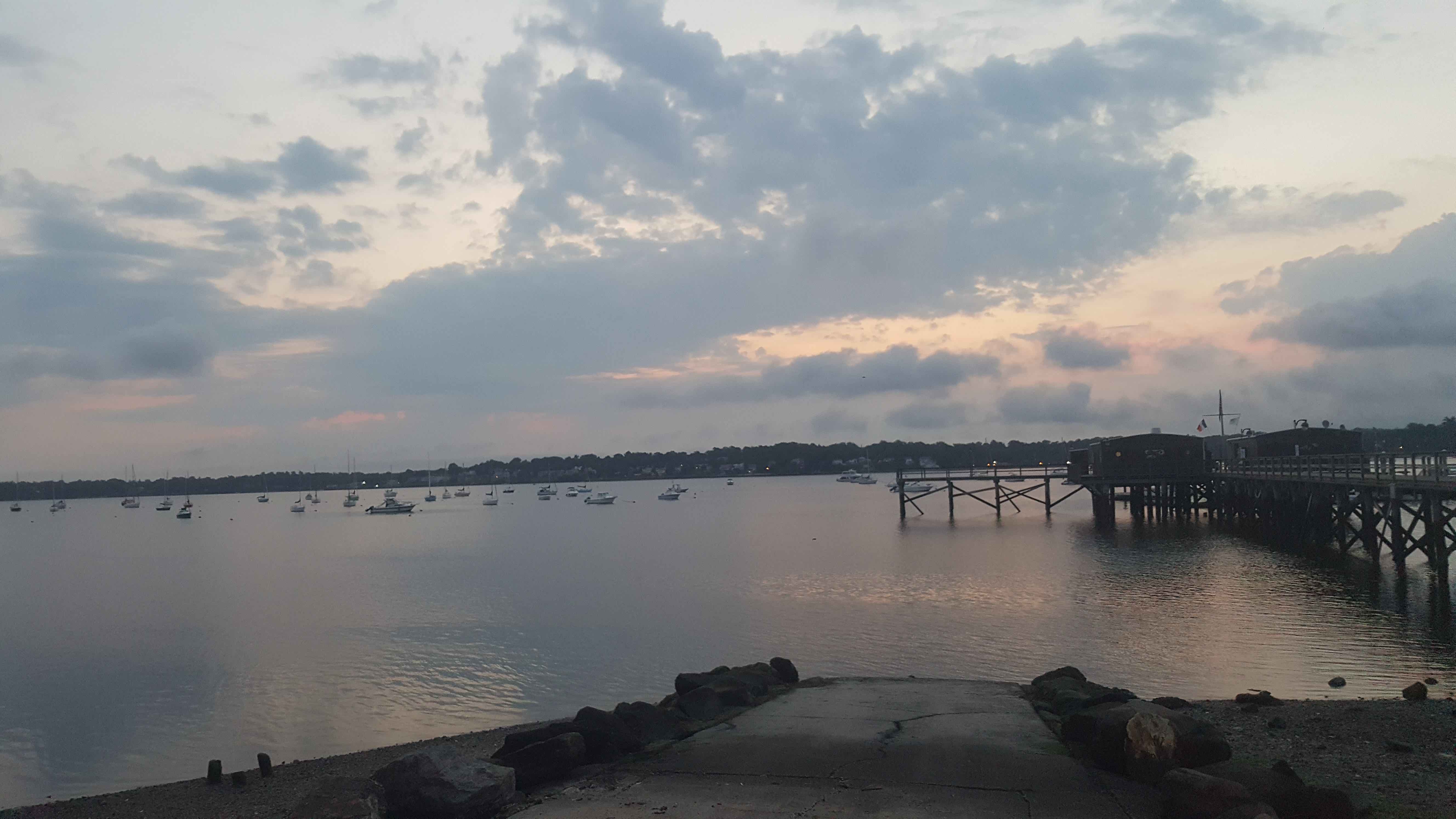
While data and testing are abundant on the open waters of the Long Island Sound, its embayments are much less studied. The Unified Water Study (UWS), coordinated by Connecticut Fund for the Environment-Save the Sound®, aims to fill in many of the data gaps that exist in LIS embayments. Data on the water quality of Long Island Sound embayments will have countless uses, including comparing embayments environmental health, informing water quality management decisions, and conveying environmental health information to the public.
UWS enlists numerous volunteer monitoring groups, as well as institutions and organizations, to perform embayment monitoring utilizing a coordinated schedule and uniform methodologies. This coordinated information creates a widespread network of data throughout the Sound's watershed. Since its inaugural year in 2017, UWS has grown from 12 groups monitoring 12 embayments to 28 groups monitoring 48 embayments (as of 2024). For many citizens of the Long Island Sound watershed, the Sound is their backyard. Volunteer monitoring allows these citizens to gain environmental knowledge and become stewards of their local embayments.
IEC began participating in this effort in 2017, performing monitoring for the UWS in Little Neck Bay. Sample stations were selected with the assistance of Save the Sound and the Unified Water Study’s Science Advisors to represent the water quality of the entire embayment using a probability-based sampling design, as in the EPA National Coastal Assessment. In 2018, IEC expanded its participation to also include Manhasset Bay in its monitoring, as well as offering additional resources as a partner laboratory for the study.
In the 2024 sampling season (May-October), IEC performed 2 ambient water quality surveys per month for a total of 12 surveys, as well as 3 additional macrophyte surveys done in the month of July. UWS provides uniform ambient water quality parameters for all monitoring groups, with some groups doing additional parameters as needed. IEC participates in Tier 1 UWS parameters for our 12 surveys, which includes: temperature, salinity, dissolved oxygen, and chlorophyll a. Data is collected 0.5 meters below the surface and 0.5 meters above the bottom. Turbidity is also collected 0.5 meters below the surface. All parameters are performed from a boat within 3 hours of sunrise, as this is when dissolved oxygen levels are at their lowest. Macrophyte surveys are land-based surveys performed three times mid-summer, when conditions are most conducive to algal blooms. The purpose of these surveys is to document the relative abundance of macroalgae in each embayment. Staff records GPS coordinates at each station along with the date, time, and photos of macrophytes. Data from all monitoring groups is compiled by Save the Sound and is uploaded to their website as well as WQX.
IEC would like to thank the Jeniam Foundation, the Long Island Sound Funders Collaborative, the Long Island Sound Futures Fund and Save the Sound, Inc. for providing the funding and coordination that makes this unique study possible. IEC looks forward to continuing its collaboration with the UWS to increase the monitoring on this important aspect of the waters of the Long Island Sound.
Click here or visit Save the Sound's website for more information on the United Water Study.
